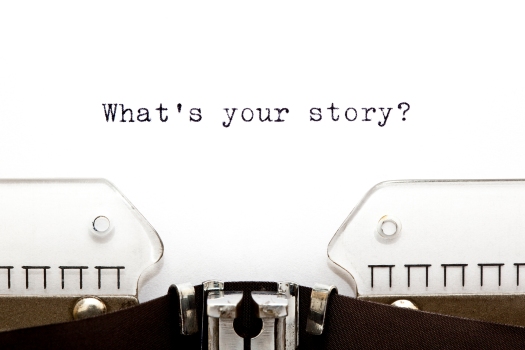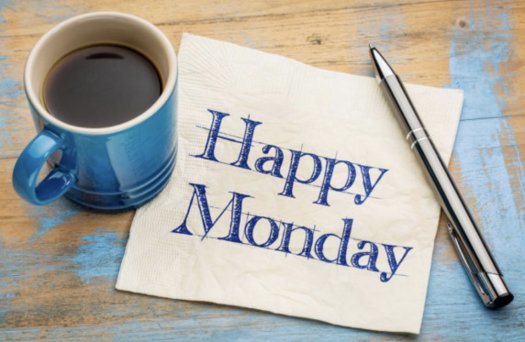
“What’s your story?” she asks me as we sit down to coffee during a break at a conference. I’m not sure I really remember who she was, or where she worked, or even why she was there, but I do remember that question.
A question not many people ask. A question I found it difficult to answer. As I sat and stared at her a million different questions ran through my head. Questions about what she meant by “story”, about what she wanted from me, about what stories I could tell that would intrigue, fascinate, or impress.
I seriously cannot remember what I said, but I do remember feeling really foolish as I sat there staring at here without very much to say, and it got me thinking.
What IS my story?
“Successful leadership depends on the stories we tell and the stories we live and how well they speak to the needs of our time.” – Geoff Mead, Telling the Story
See, successful leadership (ie. making a positive difference in the world) depends on more than just what we say. If even depends on more than what we do, and whether what we say aligns with what we do. Making a positive difference in the world relies on how what we say and do impacts the world around us.
In other words, my story isn’t just about me.
Your story isn’t just about you.
This is a very useful corrective to the navel gazing tendency of personal development and coaching. Yes, it is important to think about what drives you, what your interests, skills, and abilities are. Yes, it is vital to have a realistic look at the stories you tell, and the stories you live and ensure that they match.
But it is also crucial to compare those stories to the needs of the world.
So, what’s your story? What need(s) is it addressing?


